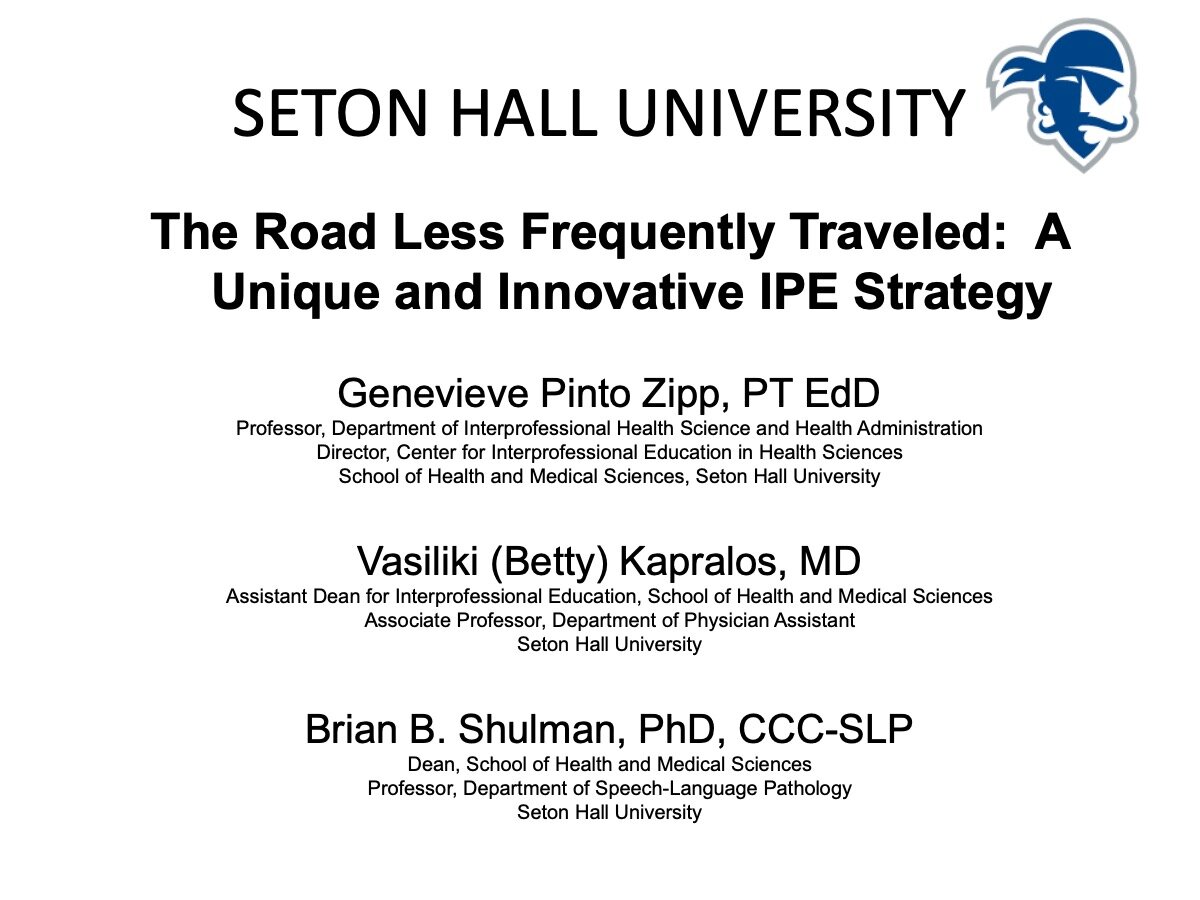IU graduates most of health science, medical, public health, and social work professionals in Indiana. Hence, the reach and impact of curricular transformation across these schools on 8 campuses is truly state-wide enterprise. In 2013, IU faculty leaders released a concept paper calling for the development of the IU Interprofessional Practice and Education Center (IU IPE Center); approved in 2014, the center brings together faculty, students and communities to implement, integrate and evaluate interprofessional education programs and innovative team practice models. The purpose of the IU IPE Center is to provide prepare the future healthcare workforce for interprofessional collaboration and teamwork. Working strategically with academic, practice, and community partners, it plays a significant role in defining Indiana’s future health and healthcare outcomes. More than 10,000 learners, faculty, staff, clinical practitioners, and community members work together each year through education, practice, service, community outreach, leadership development, and scholarship. Together, our goal is to improve the experience of care for providers and patients/clients, improve the overall health of populations, and reduce per capita cost while forming an active learning community that uses around team care to help support the well-being of healthcare students, faculty, and practitioners.
Download PowerPoint slides here and view the recording below.









